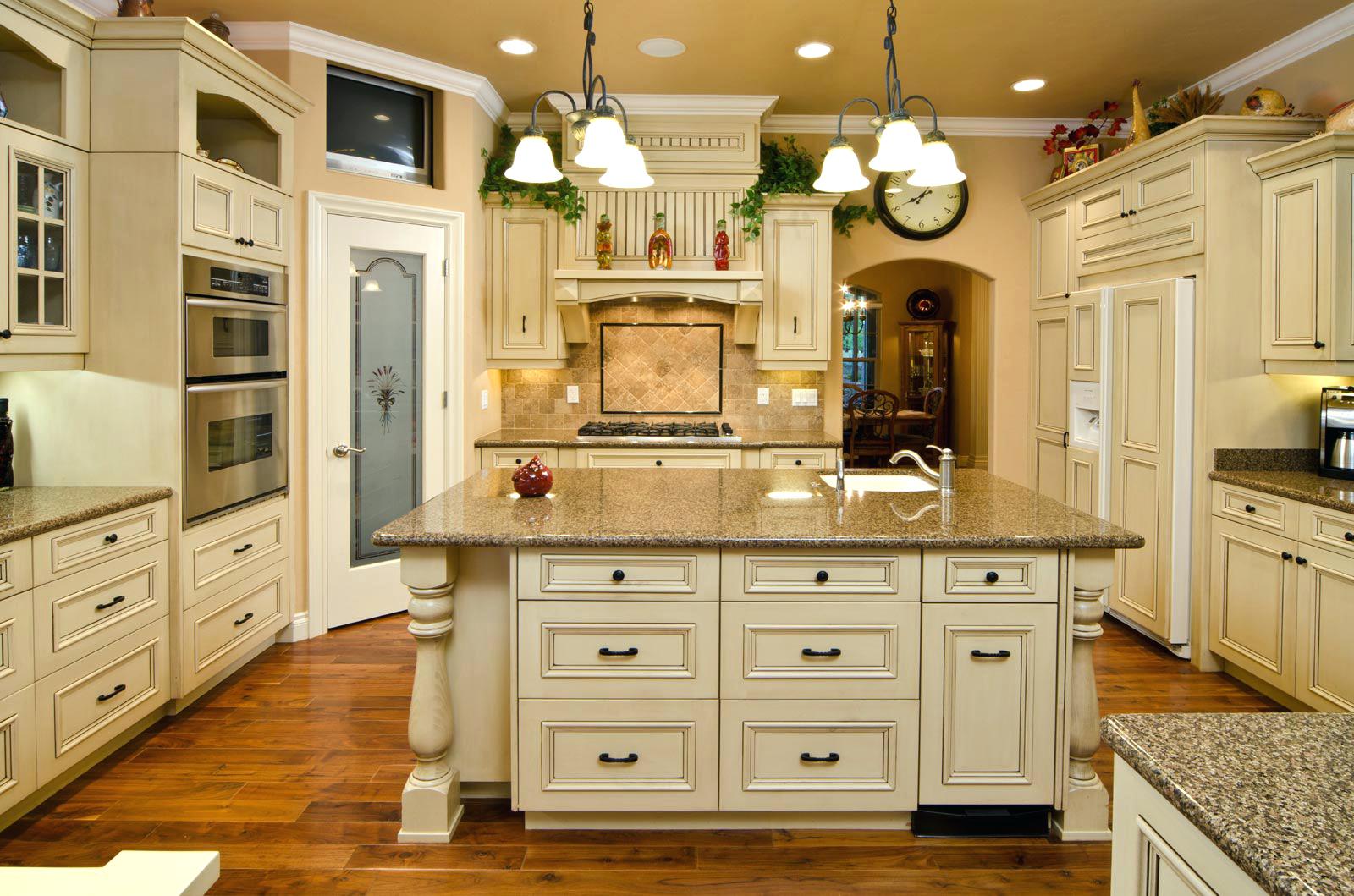Appraisal and Restoration of Antique French Kitchen Cabinets

These charming pieces of history, often boasting intricate carvings and unique hardware, represent a significant investment. Their value, however, is highly dependent on a confluence of factors, requiring careful consideration for both appraisal and restoration. Understanding these aspects is crucial for anyone looking to acquire, sell, or preserve these beautiful cabinets.
Factors Influencing Value of Antique French Kitchen Cabinets
Several key elements determine the market value of antique French kitchen cabinets. Age, condition, provenance (history of ownership), and style all play a significant role in establishing their worth. A cabinet’s age, verifiable through documentation or expert appraisal, directly impacts its value; older cabinets, particularly those from the 18th or 19th centuries, generally command higher prices. The cabinet’s condition, including the integrity of its wood, the presence of original finishes, and the completeness of its hardware, significantly affects its desirability and, therefore, its value. Provenience, or a documented history of ownership, adds substantial value, especially if the cabinet has a notable past or has been owned by significant individuals. Finally, the cabinet’s style, whether it’s Louis XVI, Provincial, or another distinctive design, influences its appeal and price. Rare or highly sought-after styles fetch premium prices. For example, a well-preserved set of Louis XV cabinets with documented provenance from a chateau might sell for significantly more than a similar-aged set in less desirable condition and without a clear history.
Restoration Techniques for Antique French Kitchen Cabinets
Restoring damaged antique French kitchen cabinets requires a meticulous approach. Improper restoration can severely diminish their value, so professional expertise is often recommended. The process generally involves several key steps.
- Cleaning: Begin by gently cleaning the cabinets with a soft cloth and a mild, non-abrasive cleaner. Avoid harsh chemicals that could damage the finish. For stubborn grime, a solution of warm water and mild dish soap can be effective. Thoroughly dry the surfaces afterwards.
- Repairing: Address any structural damage, such as cracks or loose joints, using appropriate wood fillers and adhesives. For more extensive damage, consult a professional woodworker or cabinetmaker. Small cracks can often be filled with a wood putty that closely matches the cabinet’s original color. Loose joints may require reinforcement with wood glue and clamps.
- Refinishing: Refinishing should be approached cautiously. If the original finish is in relatively good condition, cleaning and gentle polishing might suffice. If refinishing is necessary, use appropriate techniques and materials that respect the age and style of the cabinet. Stripping the old finish should be done carefully to avoid damaging the wood. New finishes should be applied in thin coats, allowing each coat to dry completely before applying the next. Consider using a finish that is compatible with the original finish, such as shellac or varnish.
Hypothetical Restoration Project and Budget
Let’s consider a hypothetical restoration project involving a set of four Provincial-style French kitchen cabinets dating back to the early 20th century. These cabinets exhibit some minor scratches, loose hinges, and a faded finish.
| Restoration Method | Materials & Tools | Estimated Cost (USD) |
|---|---|---|
| Basic Cleaning and Repair | Cleaning supplies, wood filler, glue, sandpaper, brushes | $200 – $500 |
| Complete Refinishing (with stripping) | Stripping agent, sanding equipment, wood stain, varnish, brushes, etc. | $1000 – $3000 |
| Professional Restoration | Labor costs, materials (as above), potential specialized tools | $3000 – $10,000+ |
This budget is a rough estimate and can vary depending on the extent of the damage, the materials used, and the level of expertise involved. For example, replacing missing or severely damaged hardware could add significantly to the cost. A similar project involving a more valuable set of cabinets, say, a set of Louis XV cabinets, would naturally incur a far higher restoration cost. The cost difference between a basic cleaning and a full professional restoration can be substantial, highlighting the importance of carefully assessing the condition and value of the cabinets before undertaking any restoration work.
